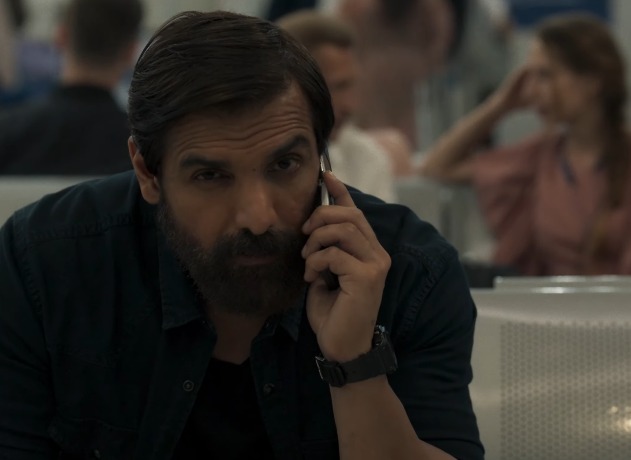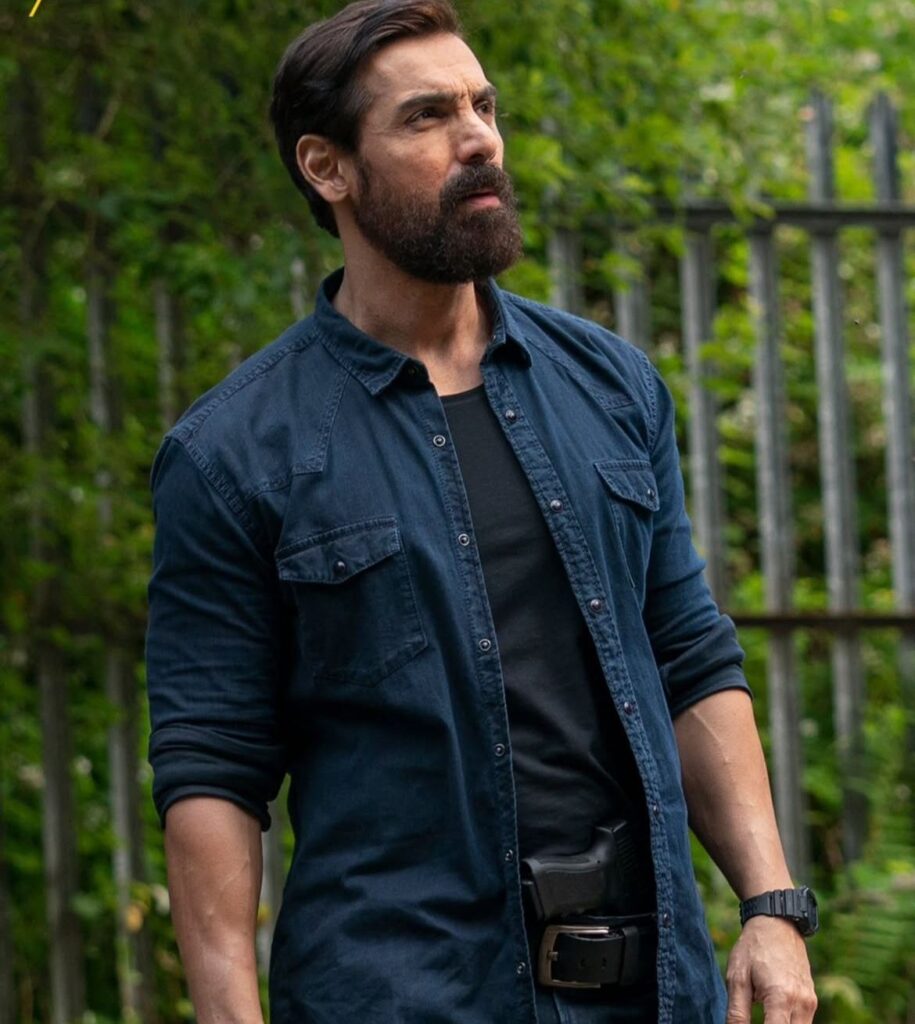John Abraham learned Farsi for six months to prepare for his character in Tehran, streaming now on ZEE5. When it was released on 14 August 2025 on ZEE5 Global, Tehran marked a bold new chapter for John Abraham.

Directed by Arun Gopalan and produced by Maddock Films in collaboration with Bake My Cake Films, the geopolitical action thriller drew inspiration from real people.
The cast included Manushi Chhillar and Neeru Bajwa among others, while the screenplay was penned by Ritesh Shah, Ashish P. Verma, and Bindni Karia.
For John Abraham, who has long been associated with larger-than-life action spectacles, Tehran presented an opportunity to step into a story that was equally about restraint as it was about explosive moments.
In recent interviews, he spoke about missing out on a theatrical release, his preparation in learning Hebrew and Farsi, and his interest in international politics, all of which contributed to a performance that highlighted a different side of his craft.
Here’s how Tehran allowed John Abraham to reinvent himself:
He embraced moral conflict, not just action
For much of his career, John Abraham has been the face of high-octane Bollywood action, from Dhoom to Satyameva Jayate. But Tehran demanded a different kind of heroism, one defined by moral complexity.
His character, ACP Rajiv Kumar, is a man caught in a geopolitical storm where allegiances blur and decisions carry grave consequences.
Rather than relying on sheer force or grand speeches, John Abraham had to communicate the weight of impossible choices through subtlety.
This marked a significant departure from his trademark screen presence, requiring him to portray vulnerability, hesitation, and doubt. For audiences familiar with his tough, unshakeable roles, this morally conflicted portrayal was a striking reinvention.
He mastered Hebrew and Farsi for authenticity
One of the most remarkable aspects of John’s preparation was his commitment to learning Hebrew and Farsi, languages central to the film’s setting and narrative.

In interviews, he admitted that Farsi was particularly challenging, calling it both difficult and beautiful, but he believed it was necessary to bring credibility to the role.
He even likened the effect to foreign films where the sudden use of native language immediately deepens immersion for viewers.
This level of preparation went far beyond what is typically expected of Bollywood action stars, underscoring John’s seriousness about evolving as a performer.
By investing in linguistic authenticity, he added texture not just to his character but also to the world of Tehran, grounding the espionage thriller in realism.
He drew on real-world politics with conviction
Unlike many actors who prefer to separate themselves from their roles once the cameras stop rolling, John put himself in the world of geopolitics to prepare for Tehran.
He has often shared how his mornings begin with reading global headlines, giving him the context to understand conflicts such as the Iran-Israel tensions that form the backdrop of the series.
This intellectual curiosity translated into a performance that felt grounded in reality, not just manufactured for thrills. By aligning his personal interests with his professional choices, John was able to play Rajiv Kumar with conviction and depth, making the espionage narrative resonate beyond the screen.
He expanded his range with nuanced expressions
Where earlier films showcased his strength in delivering raw, physical intensity, Tehran allowed John to explore stillness, silence, and restraint as powerful tools of performance.
The film often demanded that he communicate turmoil not with words or action, but with a lingering glance or a moment of pause. This kind of subtlety is not traditionally associated with Abraham’s larger-than-life persona, yet here he proved his ability to balance spectacle with intimacy.
The result was a layered performance that pushed him into a new artistic space, expanding both his range and his credibility as an actor willing to take risks.


